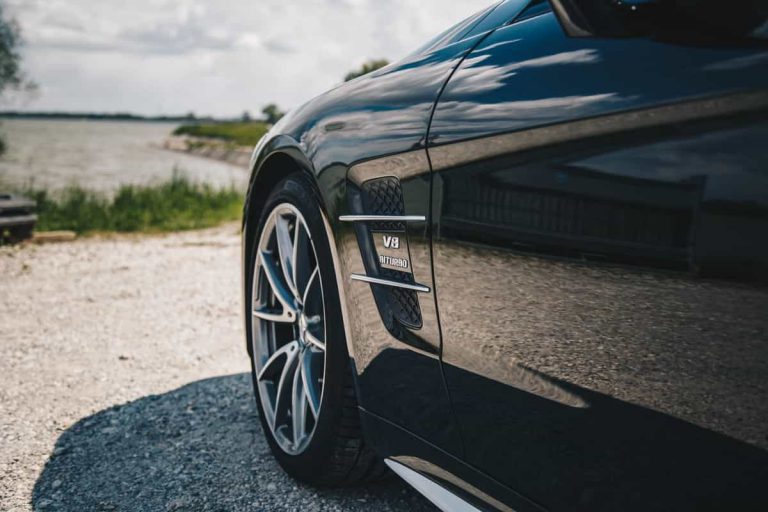What’s the correct tyre pressure?
Specific tyre pressure for a vehicle can be located in either or all of these three places:- The owner’s manual
- Inside the driver’s door below the latch
- On a sticker on the fuel cap

How to maintain good tyre pressure
- Keep your wheels aligned – uneven tyres can weaken them and make a burst much more likely. Any time you get new tyres have the garage align them.
- Check for damage – this is particularly important during long journeys but should be a habit to look for anything unusual from time to time.
- Make sure there is enough tread – this is the depth of the grooves in the rubber that prevents aquaplaning. The legal minimum is 1.6 mm, this is extremely important and should be regularly checked.
- Don’t overload the vehicle – A lot of newer tyres have a label that states the max load. Be sure never to exceed it. If you’re not sure check with a garage or the manufacturer as exceeding can compromise handling and damage the tyre.
- Be careful if mounting the kerb – If done on too high a gradient the tyre’s sidewall can be pinched between the kerb and wheel, which could easily lead to a burst tyre. If you have to mount a kerb do so at an acute angle.
What to do if you burst a tyre
If a tyre bursts while driving, then:- Keep calm!
- Do not slam the brakes, this could make the situation worse. The tyre could lock and the vehicle may become unmanageable. Instead, look around and slow down to a halt on the side of the road if possible.
- Switch on the hazard warning lights immediately.
- If possible, get out on the side of the car that faces away from the road, put on a safety vest and place the warning cross at the correct distance. This is 50 meters in the city, 100 meters on country roads and expressways and 200 meters on the motorway.